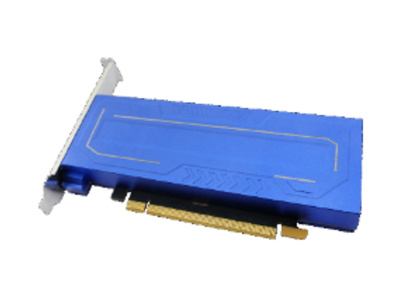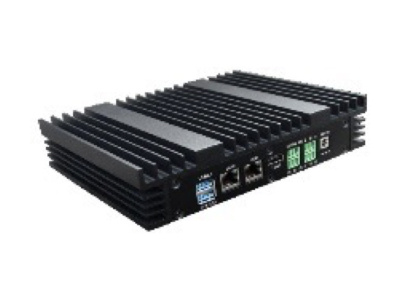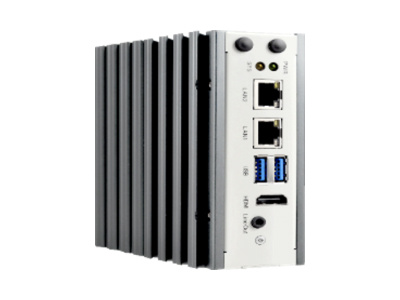Introduction
This task aims to develop a barcode detection and recognition algorithm on the CV180X/CV181x processors for use in retail, logistics, warehousing, and other fields to improve the level of automation in barcode scanning and recognition. The algorithm should detect the barcode from the image, output the positions of the four corners, extract and align the target area, and finally recognize the content of the barcode.
- Acceptance Criteria
The performance of the algorithm will be assessed on a test set, requiring an accuracy of no less than 95% and FLOPS not exceeding 25G.
- Test Set
The test set includes multiple scenarios to simulate situations that may be encountered in actual applications:
- Distance range: 0.1 meters to 1 meter.
- Angle variation: The angle between the camera's optical center within -30 to +30 degrees.
- Lighting conditions: Uniform lighting.
- Sample quantity: More than 500 to ensure adequate evaluation of algorithm performance.
With these test set requirements, we expect the algorithm to have high accuracy and robustness in actual application scenarios, meeting the needs of barcode detection and recognition.
- Submission Requirements
- Algorithm code adapted for the CV180X/CV181X chips.
- The test set (including data collection instructions) and an executable evaluation script to assess performance on the test set.
- Algorithm documentation, including detailed data on algorithm principles, model architecture, and performance (including accuracy, inference time, and computational complexity).
Data Collection Process
- Data Collection Plan
The collection plan should be based on the actual application scenarios of the algorithm. First, determine the collection variables, such as: collection scene, quantity, number of people, gender, age, etc. Index and assign an English abbreviation for each variable. For example, if there are three variables: collection scene, distance, and gender, they could be numbered as:
- Scene 1: indoor; Scene 2: outdoor
- Distance 1: 1m; Distance 2: 3m; Distance 3: 5m
- Gender 1: male; Gender 2: female
Then determine the collection process based on the variables, such as whether to collect according to variable 1 or variable 2 first, the actions of the people being collected, and precautions, etc. Organize the above collection plan and variable information into a Word document for saving.
- Prepare Collection Equipment
The collection equipment should be as close as possible to the actual equipment used and ensure that it can be preserved for a long time. Prepare the collection firmware.
- Data Collection and Saving
Carry out data collection and name the files according to the order of the collection variables defined in the "Data Collection Plan", with names like x-x-x-x.xxx. For example, if there are three variables: scene, distance, and gender, the saving format would be: indoor-3m-female-12.xxx, representing the 12th data of "indoor scene, 3m distance, female" collected. After the collection is complete, the collected data and the collection instruction document from the "Data Collection Plan" should be put together for inspection.


















































